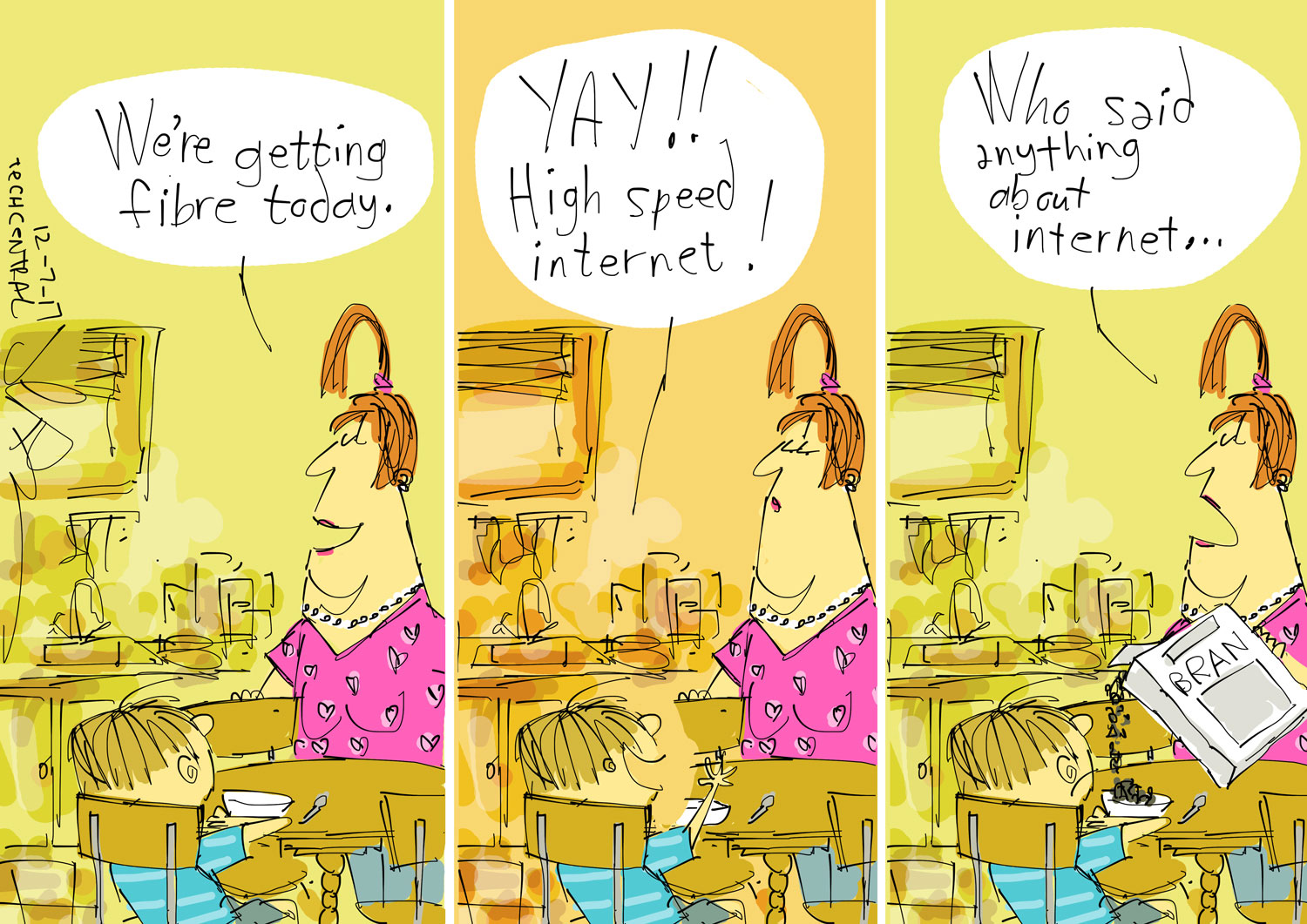
Demand for high-speed fibre Internet access is growing at a rapid pace among South African consumers and businesses as fibre to the home and to the business becomes more readily available. Yet the telecommunications industry could move even faster to meet this rising demand for fibre with more focus and support from government and regulators.
Fibre to the home and the business is the key to driving adoption of the cloud in South Africa, in turn helping the country to align itself more closely with the global digital economy.
Fibre enables job creation and facilitates innovative thinking, empowering us to run a digital economy that compares to the best in the world. It’s key to our country’s participation in the global digital era, but we need a progressive mindset to take full advantage of the opportunities.
The benefits of cloud computing models, enabled by fast broadband, include increases in efficiency, growth of productivity and cost savings. Companies no longer have to own infrastructure or software as it’s available in the cloud. Fibre allows organisations to shift from capex-heavy IT models to opex-based cloud models and drive new ways of mobile and remote working using high-quality voice-over-IP, videoconferencing and telepresence.
Consumers, meanwhile, enjoy access to services such as online gaming, streaming video, social media, e-learning, e-health, entertainment and more, much of it video based and all of it driving more demand for bandwidth. Fibre is a game changer for businesses and consumers because they can consume as much data as they like and enjoy high-speed uploads and downloads.
The major metros in South Africa are becoming well covered with last-mile fibre, particularly in the commercial areas where there is a strong investment case. Property developers are eager to include fibre infrastructure in new developments and support for open-access models and sharing infrastructure is eliminating waste and speeding up return on investment. There is also now more focus in bringing fibre to small towns and cities.
Time consuming
Internet service providers and telecoms operators are willing to invest in new fibre to the business and home, but municipal approvals to lay cable are still time consuming and challenging — in some cases taking up to 55 days for what should be routine approval. In addition, there is a lack of awareness of how new technology and processes can put fibre more efficiently in the ground.

We would like to see more proactive adoption of the latest technology by local government and municipalities to speed up deployment while reducing costs. The economic benefits could be enormous. For example, technologies such as machine macro, micro or nano trenching can accelerate the process of putting fibre in the ground while minimising the inconvenience and cost of restoring pavements and roads where the cable is laid.
Ground-penetrating radar could be used to avoid cutting pipes and cables, reducing the impact on other services such as power and water. It’s an ideal opportunity for government to support the growth of small and medium enterprises. Why couldn’t municipalities, for example, fund and equip teams to map the services that we already have under the ground? That could improve turnaround times on municipal approvals significantly. In addition, wider adoption of open-access models will help the industry to grow more cost efficiently.
- Kevin South is head of Seacom Business Channel

